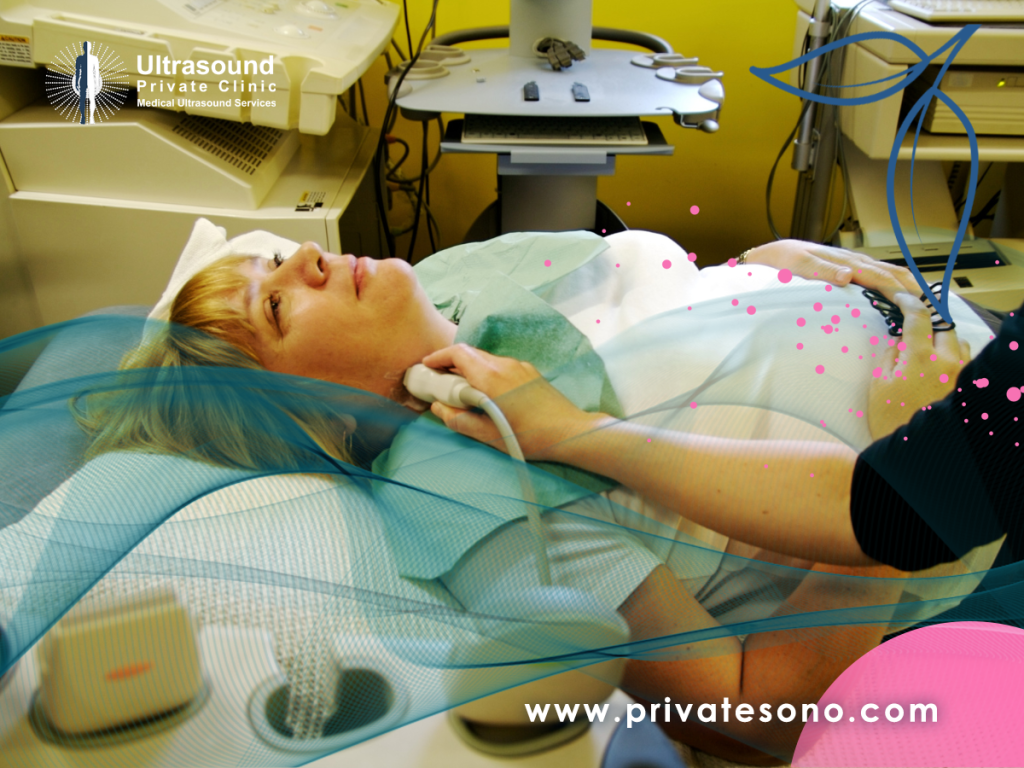Introduction: Thyroid ultrasound scans are commonly used diagnostic tools that help in evaluating and diagnosing various thyroid conditions. If you have been advised to undergo a thyroid ultrasound scan or are simply curious about how it works, this article will provide you with a comprehensive understanding of the procedure. In this article, we will discuss what you can expect during a thyroid ultrasound scan, the purpose behind it, and how it plays a crucial role in diagnosing thyroid-related issues.
Understanding Thyroid Ultrasound Scan: A thyroid ultrasound scan is a non-invasive imaging technique that uses high-frequency sound waves to create detailed images of the thyroid gland, located in the neck. This procedure helps to assess the size, shape, structure, and texture of the thyroid gland, as well as detect nodules or abnormalities that may indicate thyroid disorders. The scan is painless, radiation-free, and usually takes about 30 minutes to complete.
What to Expect During a Thyroid Ultrasound Scan: When you arrive for your thyroid ultrasound scan, the healthcare professional will begin by applying a gel-like substance on your neck, which helps in conducting the sound waves more efficiently. Then, a small handheld device called a transducer will be gently moved back and forth on your neck, transmitting sound waves and capturing images of your thyroid gland in real-time on a computer screen.
The Purpose Behind Thyroid Ultrasound Scan: Thyroid ultrasound scans serve various purposes, including:
-
Evaluating Thyroid Nodules: Ultrasound scans can help determine if a thyroid nodule is solid or filled with fluid. Solid nodules have a higher chance of being cancerous, while fluid-filled nodules are usually benign.
-
Assessing Thyroid Size and Shape: The scan provides precise measurements of the thyroid gland’s size and shape, enabling healthcare professionals to detect any abnormalities or enlargement.
-
Detecting Thyroid Cancer: Ultrasound scans can identify suspicious nodules that may require further investigation to rule out or diagnose thyroid cancer.
-
Monitoring Thyroid Disorders: The progression or regression of thyroid conditions, such as goiter or thyroiditis, can be monitored through regular ultrasound scans.
The Role of Thyroid Ultrasound in Diagnosis: Thyroid ultrasound scans work in conjunction with other diagnostic tests, allowing healthcare professionals to make accurate diagnoses. When a nodule or abnormality is detected, additional tests like fine-needle aspiration biopsy may be recommended to analyze the tissue and determine the nature of the nodule. The combined results of the ultrasound scan and biopsy help in planning appropriate treatment and management strategies.
Advantages of Thyroid Ultrasound Scan: Thyroid ultrasound scans offer several advantages, including:
-
Non-invasive and Painless: Unlike other imaging techniques, thyroid ultrasound scans do not involve the use of radiation. They are painless and safe for people of all ages.
-
Real-time Imaging: Ultrasound scans provide instant and real-time images, allowing healthcare professionals to visualize the thyroid gland’s structure and evaluate it immediately.
-
Easily Accessible: Thyroid ultrasound scans are widely available, cost-effective, and can be performed in outpatient settings.
Conclusion: Thyroid ultrasound scans play a vital role in diagnosing and monitoring various thyroid conditions. By providing detailed images of the thyroid gland and detecting any abnormalities, these scans help healthcare professionals make accurate diagnoses and plan appropriate treatment strategies. If you have been advised to undergo a thyroid ultrasound scan, you can anticipate a painless and non-invasive procedure that lasts around 30 minutes. Do not hesitate to ask questions or express any concerns to your healthcare provider before or during the scan.

